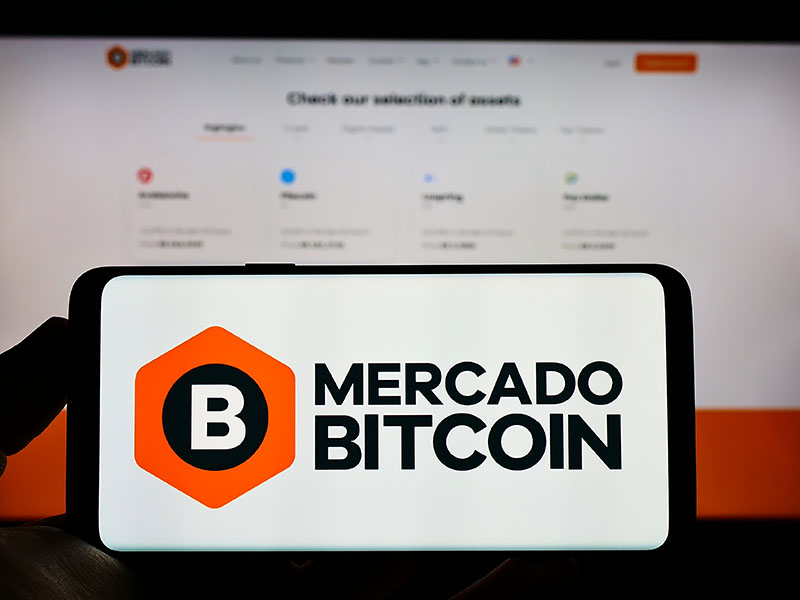[ad_1]
- Cinco De Mayo commemorates the Battle of Puebla when Mexico defeated the French army.
- Cinco De Mayo was popular among Mexican-Americans in the 1960s-70s, but it soon became commercialized in the U.S.
- Many Mexican-Americans have problems with how Cinco De Mayo is celebrated in the U.S. because it’s viewed as an excuse to party.
Look out for the sombreros, margaritas and everyone saying “gracias” at your local Mexican restaurant on May 5, Cinco de Mayo, when many celebrate the “biggest Mexican holiday of the year.“
Leer en Español
Except it isn’t. That’s Sept. 16, Mexican Independence Day.
If you thought Cinco de Mayo was Día de la Independencia, you aren’t alone. A 2020 survey from YouGov found only 40% of Americans knew May 5 wasn’t commemorating the country’s independence.
While the holiday isn’t honoring the beginning of the 11-year Mexican War of Independence in 1810, it is still a monumental day in Mexico’s history, and a celebration Hispanics carried into the United States.
“It’s more about having a good time, having a good party and celebrating over beer and wine. That does overshadow, in a way, the people’s memory of what Cinco De Mayo represents. However, the people’s memory of Cinco de Mayo does survive,” Irene Vásquez, department chair of Chicano and Chicana Studies at the University of New Mexico, told USA TODAY.
“It’s important for people to understand that this is a day when Mexican people can celebrate with peoples of all different ethnicities the importance of history, of heritage, of culture and that we all have a place in the society.”
What is Cinco de Mayo and why is it celebrated?
Not long after defeating the Spaniards in 1821 and losing the Mexican-American War in 1848, Mexico found itself in another conflict with France.
French Emperor Napoleon III wanted to claim Mexican territory for himself, sending his troops to force Mexico’s President Benito Juárez and the government out of Veracruz.
On May 5, 1862, in Puebla de Los Angeles, a small town in east-central Mexico, 6,000 French troops faced 2,000 Mexican soldiers at daybreak. By the evening, Mexico had claimed victory.
Days later Juárez declared May 5 a national holiday.
Vásquez said what made the victory so significant was it started the push to get France out of the country at a time when the country was “economically vulnerable” and “beleaguered.”
“The fact that this contingent of Mexican soldiers and volunteers are able to defeat the French is quite a remarkable feat,” she said.
The battle also played a role in the American Civil War. With Napoleon III defeated and leaving North America, the Confederacy wasn’t able to use the French as an ally to win the war.
Cinco de Mayo celebrations in Mexico vs. US
Mario García, a Chicanx historian from UC Santa Barbara, told USA TODAY the victory wasn’t celebrated in Mexico at first, but rather by Mexican Americans as a form of resistance to the effects of the Mexican-American War. The holiday then picked up more traction during the Chicano Movement during the 1960s and 1970s.
“It becomes a Chicano holiday, in many ways, linked to the Chicano movement, because we discover Mexicans resisting a foreign invader,” García said. “They link the struggle of the Chicano movement to Cinco de Mayo.”
It was late in the Chicano Movement when companies began to sell the idea of Cinco De Mayo. In the 1980s, García said companies began commercializing the holiday.
What started as marketing from beer companies is now a day to get deals on all Mexican products. Restaurants will host Cinco de Mayo specials and cocktails for the holiday. García jokingly refers to the day as “Coors Day.”
Meanwhile, there are Cinco De Mayo celebrations throughout Mexico, notably in the city of Puebla, where the battle took place. But when it comes to Mexican holidays, Cinco De Mayo doesn’t compare to the celebrations of Día de la Independencia, García said.

How do Hispanics feel about Cinco de Mayo celebrations?
Aside from commercialization, there are many factors that could contribute to the popularity of Cinco De Mayo in the U.S., Vásquez said. But many Hispanics and Chicanx people see problems in celebrations.
Melissa Lopez, a 22-year-old Mexican American from San Diego, said Cinco De Mayo is “not like a Mexican holiday” but rather “an American thing.” With family from Tijuana and Enscenada, she added people celebrate because it’s a day to celebrate Mexican traditions.
“I just feel like it’s Americans that don’t want to admit they love Mexican stuff. They love Mexican food, they love like the Mexican culture, they love the drinks, the food, the music, everything about it and they just like want a day to be able to have fun with it,” Lopez said. “The people who celebrate it the most are also the people who hate authentic Mexicans. It’s just ironic.”
Garcíasaid he has no problem with going out to Mexican restaurants to eat and drink as a way to celebrate. He views it as a “two-way sword,” in that commercialization does take away from Cinco De Mayo, but there’s a push to educate people on the holiday’s meaning. It’s fine to celebrate, as long as they get the message of the day and how it’s still relevant to today.
“If people understand the true meaning of Cinco de Mayo, they might think about, well, how is it applicable to the Hispanic and Latino population today?” he said.
Vásquez added misconceptions about the holiday remain and likely will continue to stay. But it is imperative to learn about it, even for Mexican Americans.
“There is this very subversive element to Cinco de Mayo, and that is one of anti-colonialism, anti-imperialism, self-determination and autonomy of Mexican peoples. But that message is buried in all the fanfare, the drinking, the decorations, the dancing,” Vásquez said. “We need to understand what Cinco de Mayo means to our community, and convey that to younger generations, because it is about strength and solidarity.”
Follow Jordan Mendoza on Twitter: @jordan_mendoza5. Follow Maria Jimenez Moya on Twitter: @maferjm06.
[ad_2]
Source link















